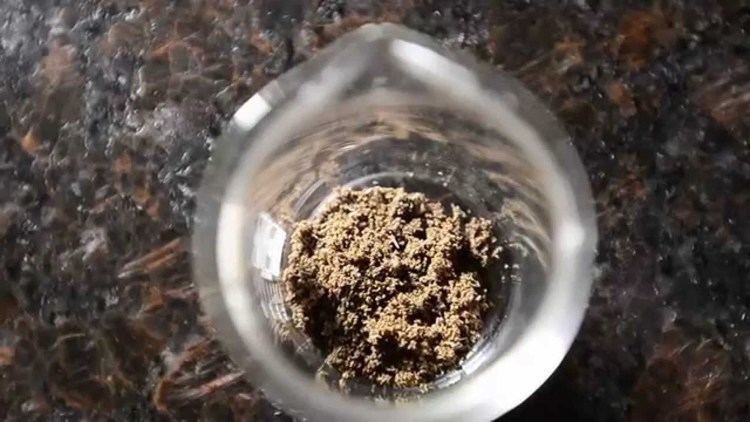Formula ICN Density 1.84 g/cm³ Appearance White crystals | Molar mass 152.92 g/mol Melting point 146.7 °C | |
 | ||
Related alkanenitriles | ||
Cyanogen iodide or iodine cyanide (ICN) is a pseudohalogen composed of iodine and the cyanide group. It is a relatively volatile and highly toxic inorganic compound. It occurs as white crystals that react slowly with water to form hydrogen cyanide.
Contents
Synthesis
Cyanogen iodide is prepared by combining I2 and a cyanide, most commonly sodium cyanide in ice-cold water. The product is extracted with ether.
I2 + NaCN → NaI + ICNApplications
Cyanogen iodide has been used in taxidermy as a preservative. Generally, cyanogen iodide is used for destroying all lower forms of life.
History
Cyanogen iodide was considered one of the impurities in commercially sold iodine before the 1930s.
Hazards
Cyanogen iodide is toxic if inhaled or ingested and may be fatal if swallowed or absorbed through the skin. Cyanogen iodide may cause convulsions, paralysis and death from respiratory failure. It is a strong irritant and may cause burns to the eyes and skin if contact is encountered. If cyanogen iodide is heated enough to undergo complete decomposition, it may releases toxic fumes of nitrogen oxides, cyanide and iodide. A fire may cause the release of poisonous gas. Cyanogen iodide decomposes when contacted with acids, bases, ammonia, alcohols, and with heating. ICN slowly reacts with water or carbon dioxide to produce hydrogen cyanide.
It is classified as an extremely hazardous substance in the United States as defined in Section 302 of the U.S. Emergency Planning and Community Right-to-Know Act (42 U.S.C. 11002), and is subject to strict reporting requirements by facilities which produce, store, or use it in significant quantities.
Solutions in pyridine
Cyanogen iodide solutions in pyridine conduct electric current. Dilute solutions of ICN in pyridine are colorless at first, but upon standing become successively yellow, orange, red-brown and deep red-brown. This effect is due to a change in conductivity, which in turn is due to the formation of an electrolyte. When electrical conductivity of ICN is compared with that of iodine-pyridine solutions, the formation of the electrolyte in ICN proceeds much more slowly. Results confirm that cyanides are much weaker salts in pyridine than are iodides, although cyanogen iodide solutions are able to be dissolved in pyridine giving solutions with electrical conductivity that increases over time and results in maximum values.
